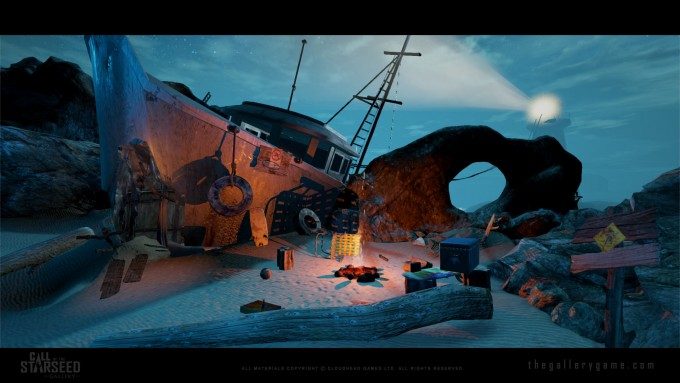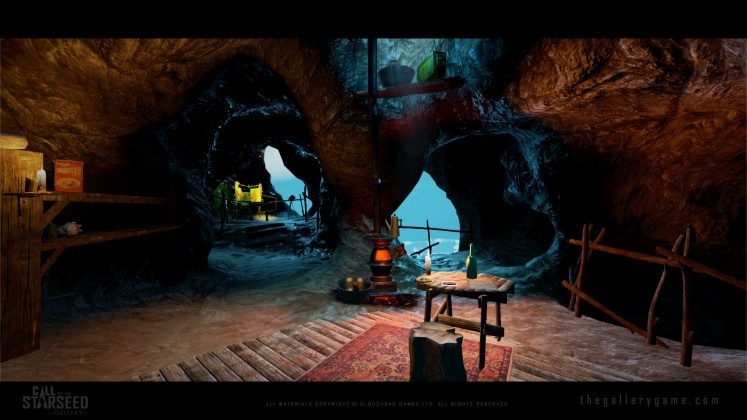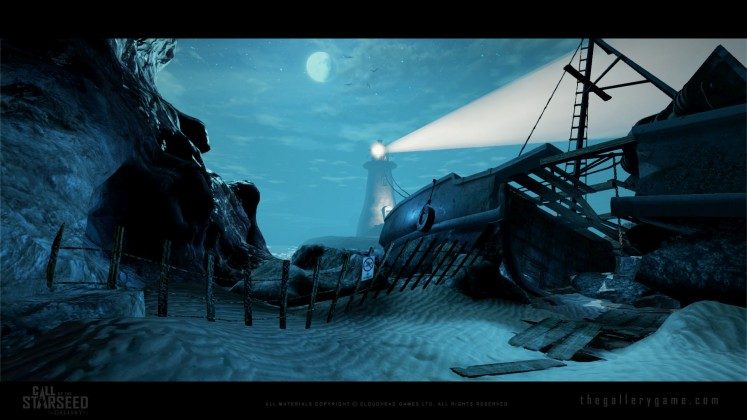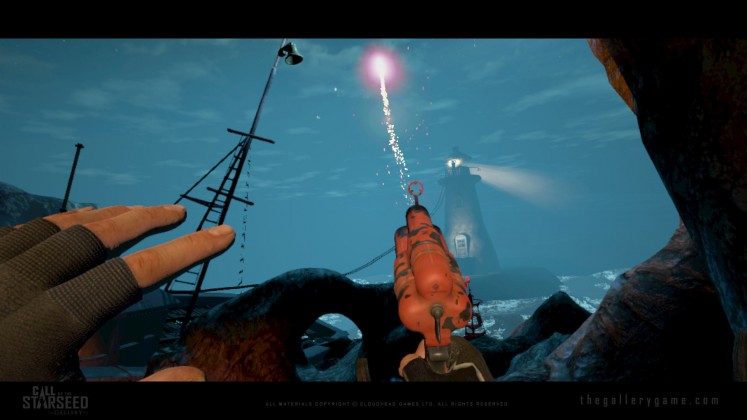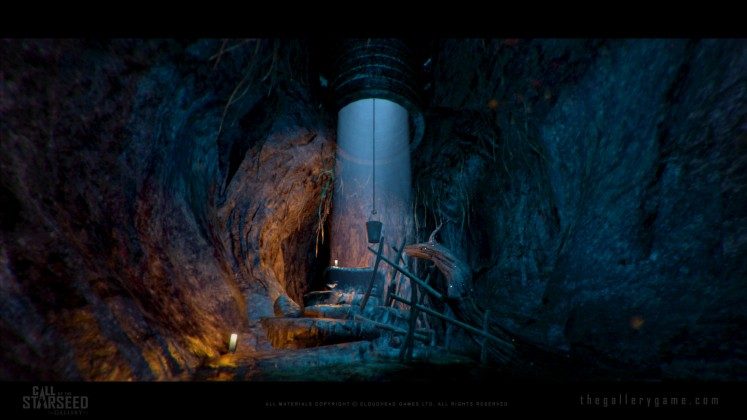After 3 years in development, Cloudhead Games are finally set to bring the first instalment of their made-for-VR series The Gallery to the HTC Vive, with release set for April 5th. To celebrate, they’ve released a trailer which reveals more of the title.
It’s been a long road for the developers Cloudhead Games to find a suitable platform fit for their ambitious dedicated virtual reality project ‘The Gallery‘. Arguably that ambition outstripped the technology available back in 2013, when The Gallery: Six Elements, hit Kickstarter and successfully raised over $80,000. That might not sound like a lot, and it isn’t. But, for a game built on technology that quite literally didn’t exist in consumer form, with no guarantee said hardware would ever actually materialise, it was an impressive feat.
Now, Cloudhead are triumphantly nearing the finishing line, having found their natural fit in VR hardware with Valve’s SteamVR platform and the HTC Vive. A system that was designed to enable exactly the sorts of intuitive, physical interaction The Gallery has in its DNA. A far cry from it’s humble beginnings, team Cloudhead comprises talent pillaged from AAA studios such as Bioware, Relic, Riot and EA.
The Gallery: Call of the Starseed on Steam
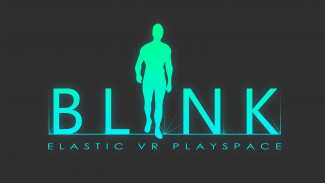
“So many of the things we’ve done in The Gallery are completely new. There were no pre-baked solutions, no standards when we started this adventure in 2013,” says Cloudhead Games CEO Denny Unger. “What we’re striving for is to give consumers a great introduction to VR and to build their excitement for the future of the medium as a whole. VR done right can make you feel like a kid again and it can give you all the excuses you need to lose yourself in the moment — to simply play!”
The first instalment in The Gallery‘s episodic run, subtitled Call of the Starseed, and remains true to it’s origins as an adventure game with puzzle elements. Cloudhead are describing The Gallery as “the Future of Narrative VR”, so expect a strong emphasis on story and characters as Alex, who embarks on a quest to find his missing twin sister Elsie.
We’ll be bringing you much more of The Gallery in the coming weeks, stay tuned for more and don’t forget to check out the game here. The game is coming to Steam and Viveport online stores.

